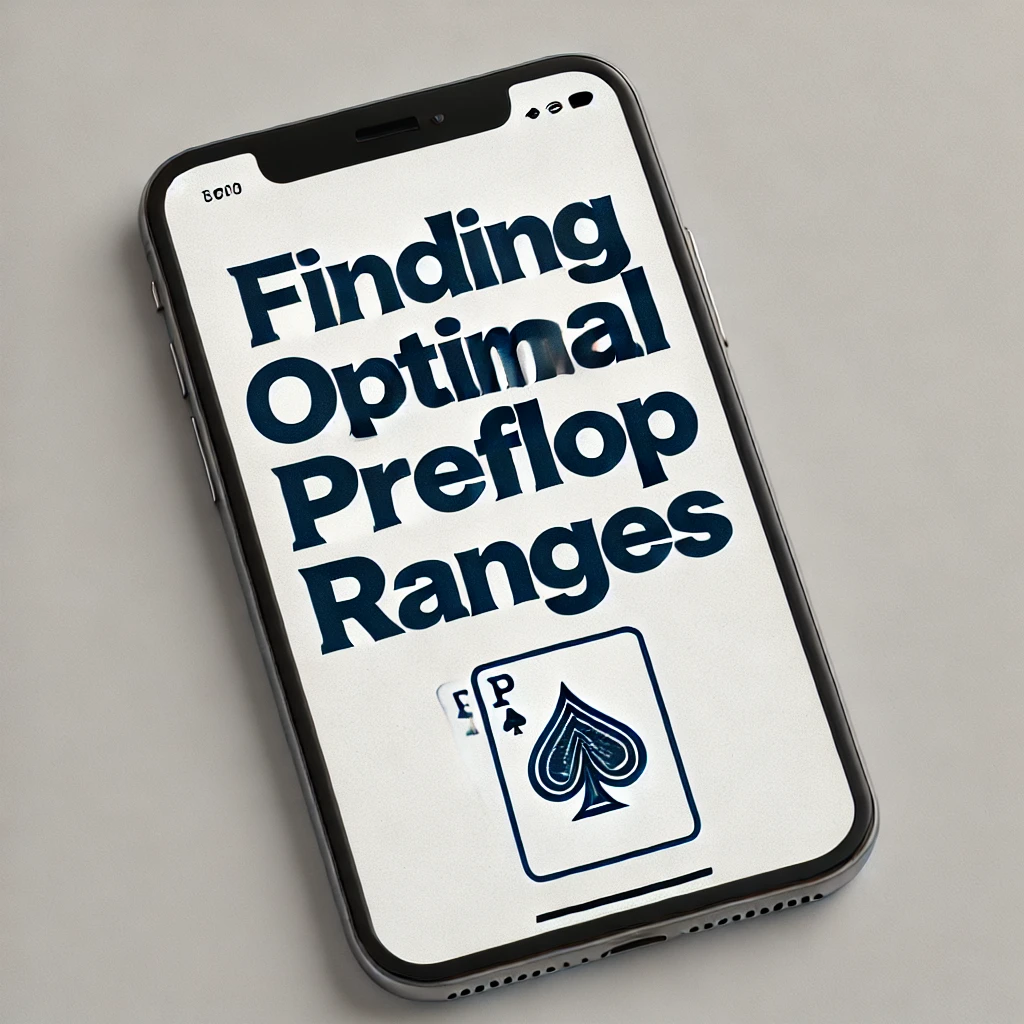
Preflop play is one of the most critical aspects of poker strategy. Making the right decisions before the flop can set the stage for profitable postflop play and help maximize expected value (EV). Understanding Finding Optimal Preflop Rangesranges is essential for both beginners and experienced players looking to improve their game.
What Are Preflop Ranges?
A preflop range is a collection of hands a player is willing to play from a particular position. Instead of focusing on single hands, skilled players think in terms of ranges to maintain flexibility and unpredictability. The strength of a preflop range depends on factors such as table position, opponent tendencies, stack sizes, and game format (cash games, tournaments, etc.).
Position and Its Impact on Preflop Ranges
Position plays a crucial role in determining which hands to play. Here’s a breakdown of general preflop strategy by position : Finding Optimal Preflop Ranges
- Early Position (UTG, UTG+1): Tightest range, consisting mostly of premium hands like AA, KK, QQ, AK, and occasionally AQ or JJ.
- Middle Position (MP1, MP2): Slightly wider range, adding hands like 99-TT, suited broadways (KQs, QJs), and some suited connectors (76s, 87s).
- Late Position (CO, BTN): The widest range, including weaker suited aces (A5s-A9s), more suited connectors, and even small pocket pairs.
- Blinds (SB, BB): Special adjustments are needed, as players in the blinds act last preflop but first postflop. The big blind defends with a wide range due to pot odds.
How to Find Optimal Preflop Ranges
1. Using Solvers and Charts
Modern poker strategy relies on GTO (Game Theory Optimal) solvers, such as PioSolver or PokerSnowie, to calculate optimal preflop ranges. These tools generate ranges based on mathematical calculations to minimize exploitation by opponents. Many players also use preflop charts created from solver data to guide their decisions.
2. Understanding Exploitative Adjustments
While GTO ranges are a great foundation, poker is a dynamic game. Adjusting ranges based on opponents’ tendencies is key to maximizing profits. Against tight players, expanding opening and 3-bet ranges can be effective. Against loose players, playing tighter and capitalizing on their mistakes works best.
3. Considering Stack Sizes and Game Type
In cash games, deep stacks allow for more speculative hands like suited connectors. In tournaments, where stacks vary, shorter stacks require tighter ranges with an emphasis on push-fold strategy.
Final Thoughts
Finding Optimal Preflop Rangess in Poker is a crucial step toward poker success. By using solvers, analyzing opponent tendencies, and adjusting based on position and stack sizes, players can develop a strong and flexible preflop strategy. Consistently applying these principles will lead to better decision-making and long-term profitability at the poker table.

Отправить ответ